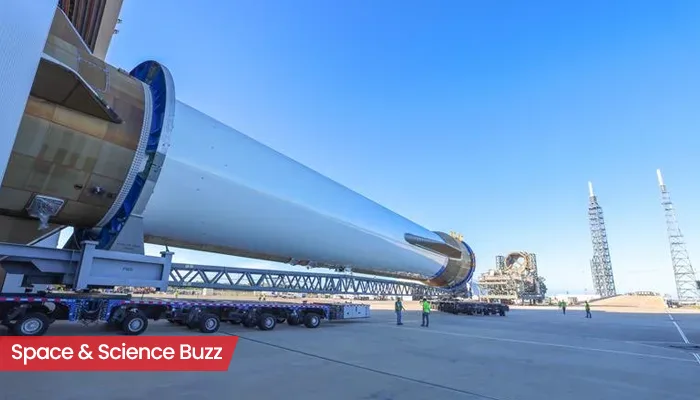Space Weather Concerns
The sun's influence on Earth extends far beyond providing light and warmth; it can also unleash powerful solar storms, which are a major concern. These
storms encompass phenomena like solar flares, coronal mass ejections, and even the newly recognized space hurricanes. These events have the potential to disrupt technology, including power grids and communication systems. Furthermore, increased radiation levels from solar events pose risks to satellites and astronauts. NASA is actively working on developing strategies to predict and mitigate the impact of space weather, using advanced tools and space-based observatories.
Satellites' Crucial Role
To better understand and predict these events, NASA is deploying new satellites specifically designed to monitor space weather. These satellites are equipped with advanced instruments to observe the sun and the surrounding space environment. They will track changes in the sun's activity, measure the solar wind's speed and density, and monitor the flow of energy and particles from the sun to Earth. The primary objective is to provide early warnings of impending solar storms. With this, vulnerable technologies on Earth can be protected. The satellites will work in concert, offering a comprehensive view of space weather.
Tracking Space Hurricanes
Recent scientific discoveries have highlighted the existence of space hurricanes, swirling masses of plasma that occur in Earth's upper atmosphere. These events are similar to hurricanes on Earth but occur in space and can create significant disruptions, including auroral displays and radio interference. These space hurricanes are associated with increased solar activity and the influx of charged particles. NASA's new satellites will be instrumental in detecting and tracking these space hurricanes, providing scientists with essential data to understand their formation, movement, and impact on our planet. This information is critical for predicting and responding to the effects of these space-based storms.
Protecting Technologies
The new satellites aim to protect critical infrastructure. Solar storms can severely damage satellites, disrupt communication networks, and even affect power grids on Earth. Accurate and timely warnings from the satellites will enable authorities to take preventative measures, such as rerouting satellites or shutting down vulnerable power systems. This proactive approach minimizes potential damage and ensures the continuity of essential services. Space weather monitoring is therefore a crucial part of safeguarding modern society and infrastructure. It also gives scientists time to analyze solar activity and understand the underlying physics better.
The Sun's Behavior
The sun's activity follows an approximately 11-year cycle, with periods of increased and decreased activity. Currently, scientists believe the sun is entering a more active phase, meaning more solar storms are likely. NASA's satellite missions are particularly important during this period. By monitoring the sun's behavior, the satellites help scientists understand and predict the solar cycle. This knowledge will improve our ability to anticipate and prepare for solar events and minimize their adverse impacts on Earth and the surrounding space environment.
Future Space Missions
In addition to the new satellites, NASA and other space agencies are developing and planning future missions to study space weather. These missions may include advanced solar observatories, swarms of smaller satellites, and advanced data analysis techniques. The goal is to create a more comprehensive and integrated space weather monitoring system. The missions will provide improved early warning capabilities and a deeper understanding of the complex interactions between the sun and Earth. This research aims to reduce the risks posed by space weather and further explore the mysteries of our solar system.





.webp)